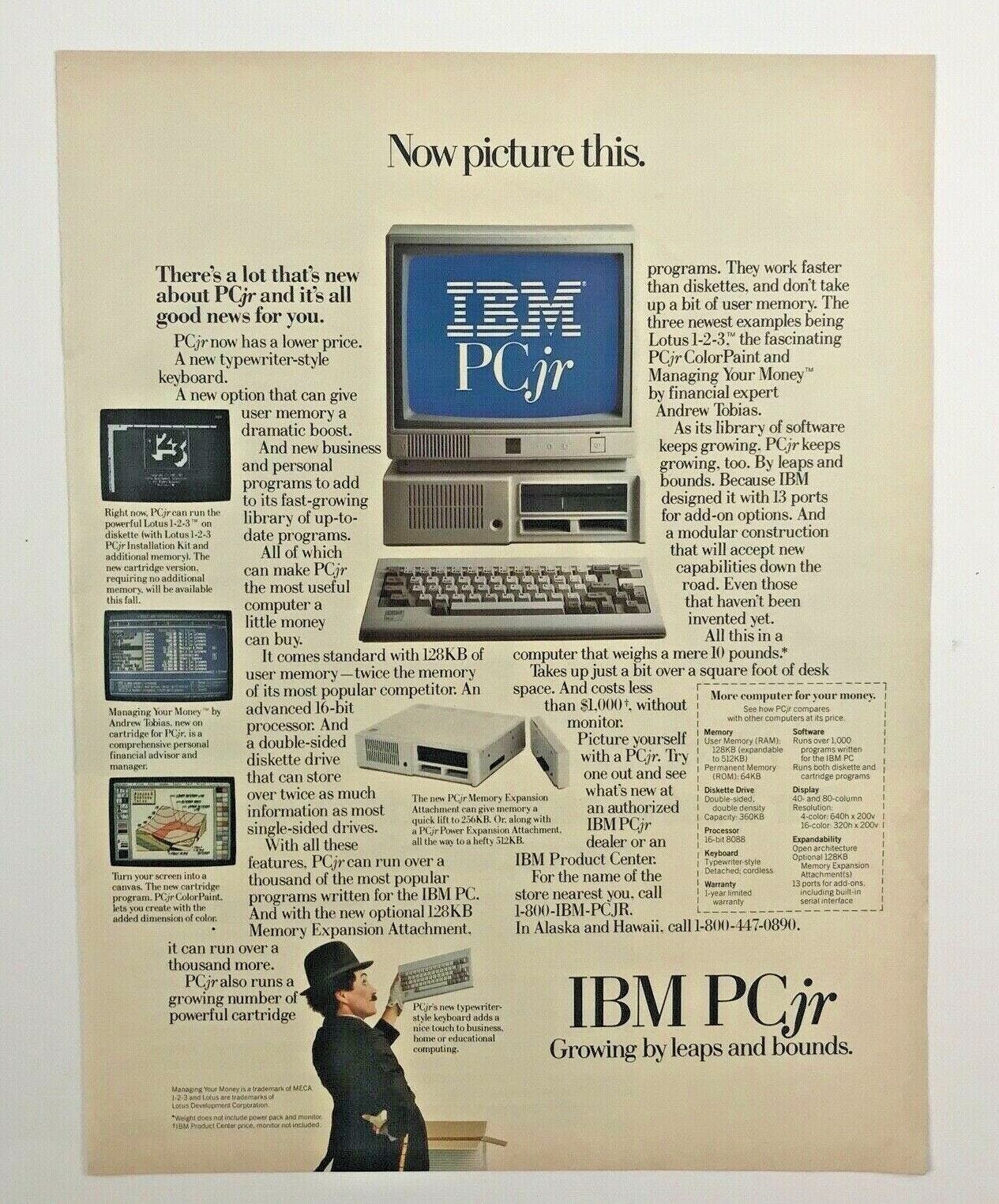Today, I gave a talk to the Iowa Actuaries Club, pointing out that one of the worrying death trends during 2020-2022 in the U.S. has been increasing kidney disease deaths. This reminds me of when my Aunt Pat had me teach her how to use IBM computers in the mid-1980s (though she had been working there since the 1970s), and I aided at a Kidney Foundation summer camp, which is actually related to the teach-Aunt-Pat-to-use-computers project.
…and why didn’t my dad, the electrical engineer who worked at IBM, teach Aunt Pat instead of the 11-year-old Meep (that was me in 1985)?
Episode Links
Technology, Accessibility, and my Aunt Pat
Mortality Updates for 2022: Bad News Lurks in Non-COVID Causes of Death
National Kidney Foundation
What is Kidney Disease?
Chronic kidney disease (CKD) means your kidneys are damaged and losing their ability to keep you healthy by filtering your blood. In the early stages of the disease, most people do not have symptoms. But as kidney disease gets worse, wastes can build up in your blood and make you feel sick. You may develop other problems, like high blood pressure, anemia, weak bones, poor nutritional health, and nerve damage. Because kidneys are vital to so many of the body's functions, kidney disease also increases your risk of having heart and blood vessel disease. While these problems may happen slowly and without symptoms, they can lead to kidney failure, which can appear without warning. Once kidneys fail, dialysis or a kidney transplant is needed to stay alive. Kidney failure is also called kidney failure with replacement therapy (KFRT).
Dialysis comes in two forms: hemodialysis (HD) or peritoneal dialysis (PD). Both forms remove wastes and extra fluid from your blood. Patients receive hemodialysis usually 3–4 times a week, either at home or at a dialysis center. During hemodialysis, your blood is pumped through a dialysis machine, where it is cleaned and returned to your body. With peritoneal dialysis, your blood is cleaned inside your body every day through the lining of your abdomen using a special fluid that is periodically changed. Peritoneal dialysis can be done at home, at work, at school, or even during travel. Home dialysis is an increasingly popular mode of treatment, and is associated with better outcomes.
6,427 children (<18 yrs old) in the U.S. lived with KFRT in 2017.
According to one study, children with KFRT are 30 times more likely to die prematurely than healthy children. In another study, adolescents (<18 yrs old) with KFRT since childhood had a life expectancy of 38 years if they were treated with dialysis during childhood, and 63 years if they received a kidney transplant during childhood.
The primary causes of pediatric KFRT in the U.S. between 2015–2018 were: primary glomerular disease, CAKUT (congenital anomalies of the kidney and urinary tract), cystic/hereditary/congenital disorders, and primary/secondary glomerular disease/vasculitis. Urinary tract infections can also lead to kidney infections, which can cause long-term damage to the kidneys.
American Kidney Fund: Catching Up With Camp All Stars
Wikipedia Links
The IBM PCjr (pronounced "PC junior") was a home computer produced and marketed by IBM from March 1984 to May 1985, intended as a lower-cost variant of the IBM PC with hardware capabilities better suited for video games, in order to compete more directly with other home computers such as the Apple II and Commodore 64.
Gary Wayne Coleman was born[3] in Zion, Illinois, on February 8, 1968. He was adopted by W. G. Coleman, a fork-lift operator, and Edmonia Sue, a nurse practitioner.[4] Due to focal segmental glomerulosclerosis, a kidney disease, and the corticosteroids and other medications used to treat it, his growth was limited to 4 ft 8 in (142 cm),[5][6] and his face kept a childlike appearance even into adulthood. He underwent two unsuccessful kidney transplants in 1973 and again in 1984, and required dialysis.[7]


















Share this post